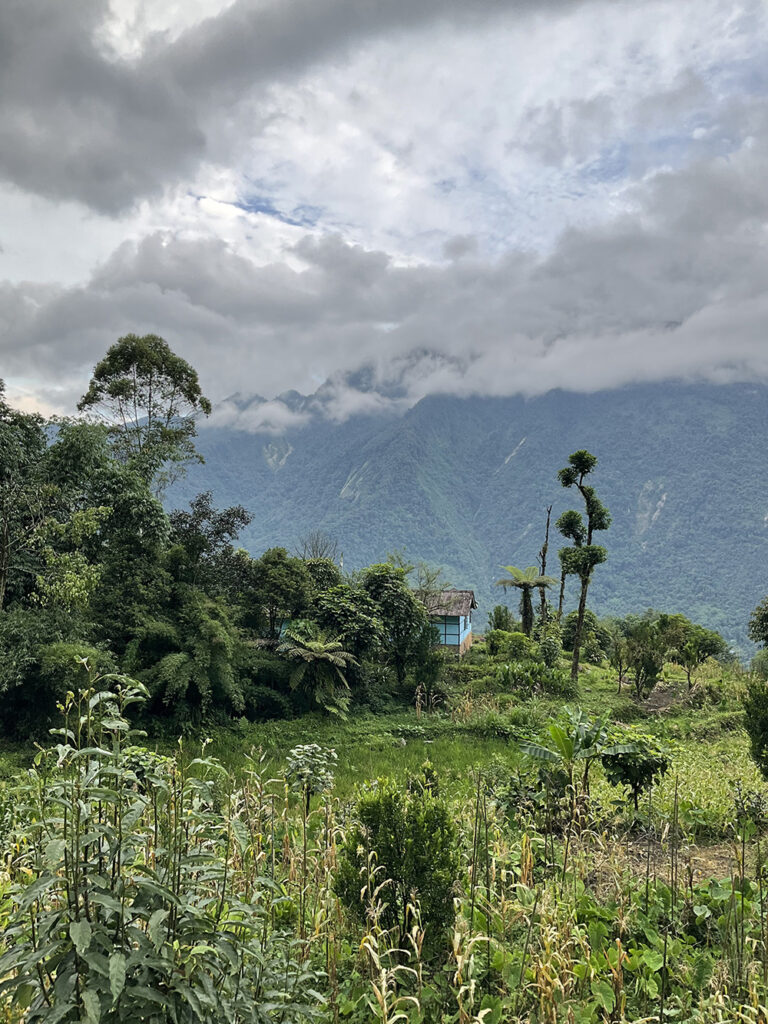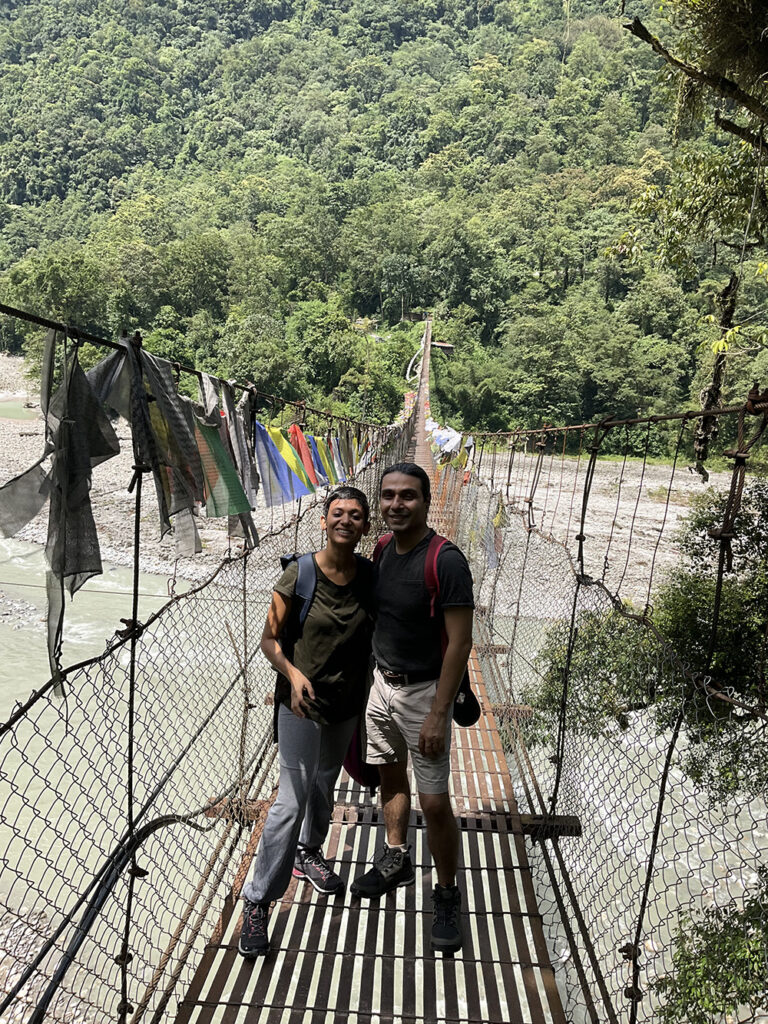7 soulful days of Sikkim
I’m thinking about Sikkim three years after we went there. It’s one of those rare trips that has stayed with me for a very long time.
Sikkim was more than just the undisturbed beauty of nature. It was a deep soulful experience. The warmth and simplicity of Sikkim was special. In a world that feels so out of balance, it was nice to see humans and nature in sync. It was also nice to hear that we couldn’t have pears today cause the tree was a 45 min walk away. So we would have to wait until tomorrow. 🙂
We lived with the family as they live. We ate what they ate. People of the forest, you will be in our hearts forever.
The most frequently visited part of Sikkim is the west known for its trekking terrain. The North is less visited. So of course the North is where we went. After a few enquiries, we came across Dzongu, a small region in the Kanchenjunga national reserve in the north. Dzongu was protected several years ago by the King of Sikkim for the natives of Sikkim – the Lepchas. The Lepchas are forest dwellers. They are animists. They are peaceful. They are kind. As outsiders came into the kingdom of Sikkim, the Lepchas had to be protected and Dzongu came to be for them. All non-Lepchas entering the region today need a permit to do so.

Dzongu is connected to the rest of the world with a narrow foot bridge. Another hour up the hill and you are in a sweet forest hamlet. There’s a school, there’s agriculture. A football field with the forest as backdrop is the most picturesque sports field you’ll ever see, there are cows, a monastery, fruit trees, forest streams with mineral-rich drinking water and foraging of forest ferns for dinner.

Sikkim is not just about trekking. There’s a soulful life that several Sikkimese still live. Try that. It’s refreshing.

